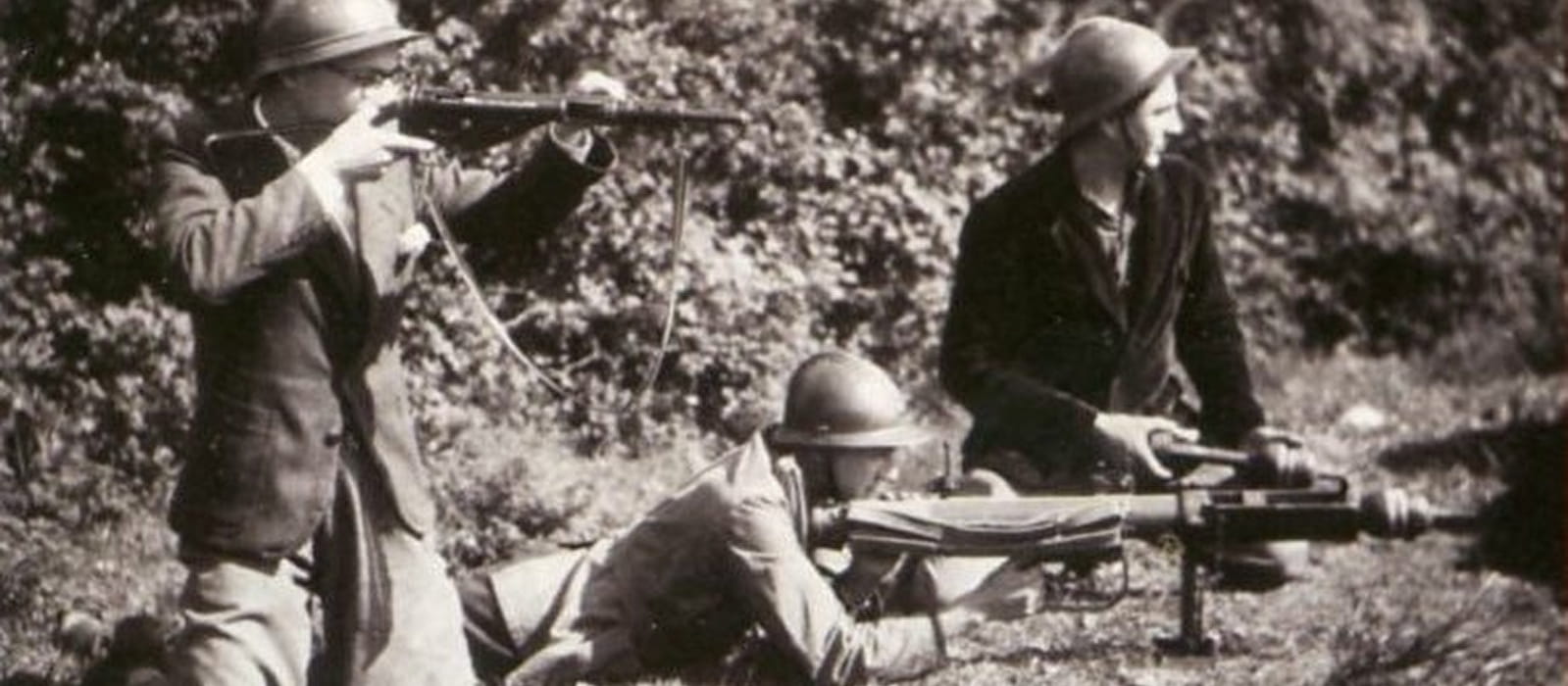
This year, 2024, marks the 80th anniversary of the liberation and commemoration of the martyrdom villages. During the summer season, many events take place in the Morvan to commemorate and explain this history.
Cette année 2024 marque le 80ème anniversaire de la Libération et du souvenir des villages-martyrs.
During the Second World War, the Morvan was a place of refuge for many people who were being hunted down and persecuted. From 1943 onwards, the forest massif was also a favoured location for the maquis, groups of fighters hiding in the woods. The Allied landings in Normandy on 6 June 1944 launched the mobilisation of the maquis, with fighters pouring in, supported by parachute drops of weapons and elite British troops, the SAS.
By the summer of 1944, there were around 10,000 maquis in the Morvan. Their guerrilla actions (sabotage, ambushes, etc.)
helped to liberate the region, harassing the enemy and slowing the German retreat. But repression by the German army, backed by Vichy forces, was powerful. The Morvan paid a heavy price, with many victims and several villages martyred.
Numerous events are taking place in the Morvan this summer to commemorate and explain this history.
These celebrations are part of the drive to pass on and raise awareness among current and future generations of the consequences of wars, which are often motivated by hatred and rejection of others. They also bear witness to the strength and commitment of these men and women, French and foreign, who fought to defend the values of freedom and tolerance.


